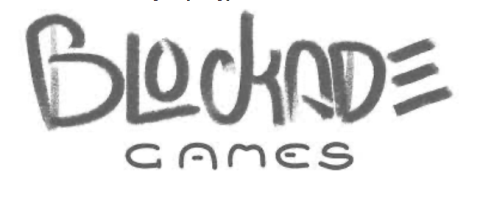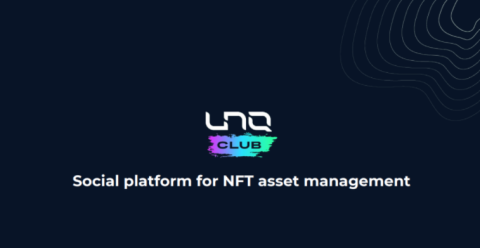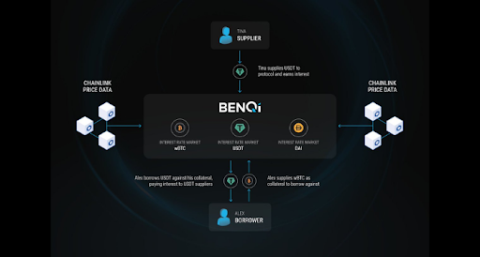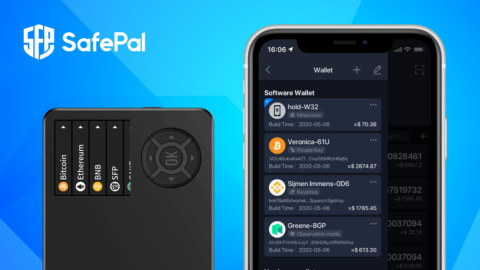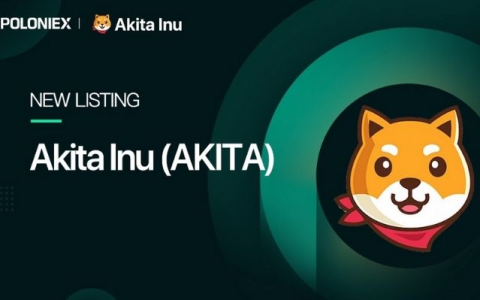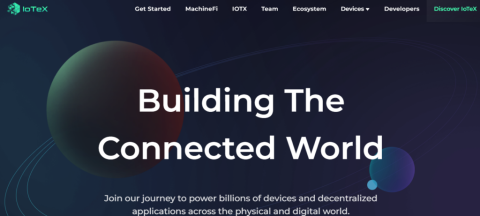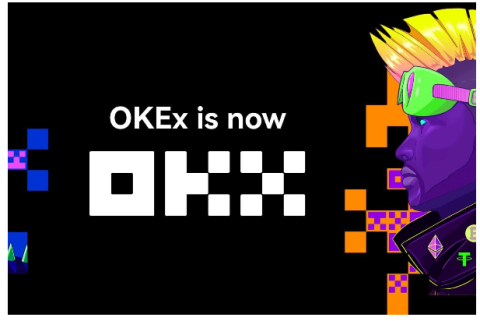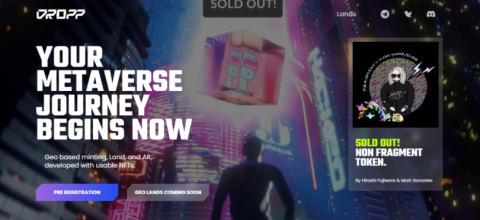What is thena? Discover the outstanding features of Thena and THE . token

Ngoài PancakeSwap, hệ sinh thái BNB Chain còn có một AMM khác có TVL đạt 150 triệu USD chỉ sau hai tháng ra mắt, dự án này được gọi là Thena.
Paycer is building a bridge protocol to connect traditional and decentralized finance. This will support the market to adopt decentralized finance ( DeFi ) to overcome the traditional banking system. In the past, depositing money in a bank was an attractive, easy and safe form of investment that increased personal wealth. But the policy of zero interest rate and increasing money supply of central banks led to the failure to earn interest, while the value of the currency decreased year by year.
Paycer's mission is to precisely provide simple and secure financial products to everyone based on blockchain technology. As such, Paycer is developing a Paycer protocol that aggregates DeFi products and offers them as new, integrated products on the Paycer platform. This will allow people to utilize the benefits of DeFi and generate passive income, thereby increasing personal wealth.
Paycer will provide a financial service that allows anyone to earn passive income. The project has two main components: Paycer Protocol and Paycer Platform.
Going forward, Paycer wants to offer additional products and services that make it easier for customers to integrate Paycer into their daily lives. This includes providing a credit or bank card to which funds stored at Paycer can be accessed without any additional barriers. Paycer's roadmap for future products also includes the implementation of its own stablecoin, a distinctive crypto portfolio, and ultimately the development of its own blockchain. The Paycer team will not take a break while the Paycer platform and protocol is up and running, they will continue to roll out more products and services. In addition, Paycer will monitor new market trends and, if possible, the project will incorporate them into its own products. Special,
The Paycer platform is a web application accessible through a website and then through an application. The platform will provide a variety of financial functions and services. It will primarily be a B2C platform targeting general customers. The Paycer Protocol will act as a second blockchain-based backend for the Paycer platform, which in turn will connect it to DeFi and the blockchain space. The Paycer platform will link the Paycer protocol with the existing banking system, creating a bridge between traditional and decentralized banking.
Bank account
Paycer bank accounts will be the gateway between traditional finance and users' DeFi. A Paycer bank account will be a fully functional account like those offered by banks. A bank account will be created after the user completes the KYC (Know Your Customer) process. This check is required to comply with legal requirements. Users will have several options to transfer funds to their Paycer bank account, such as a SEPA transfer. All or part of the balance in the bank account can be sent to the Paycer wallet. Therefore, Paycer will need to obtain a banking license from BaFin or establish a relationship with a partner bank to enter the market faster.
Paycer Wallet
The Paycer Wallet will be a fully functional crypto wallet that complies with ERC-20 standards. The Paycer wallet will serve as the entry point for various blockchain-based financial services. For funds transferred from Paycer bank account to Paycer wallet, daily interest will be paid. Technical implementations may also involve the use of crypto custody providers, as storing cryptocurrencies requires approval from BaFin (the German financial authority). In this case, cryptographic deposits or rather private keys will be held by a specialized vendor with an existing license. Future implementations may also allow customers to voluntarily own private keys, although this will pass all risk to the customer.
Loan
Paycer will provide various lending services on the Paycer platform. The platform will require crypto collateral to be stored in a Paycer wallet. After that, the user can get a loan in the coin of his choice and only borrow 50% of the value of the collateral. If the deposited collateral drops in price sharply, the borrower will be notified and given a certain amount of time to increase his collateral. Otherwise, the collateral can be liquidated to get the loan back. Collateral can also be provided in stablecoins to reduce risk. The lending system will also contribute to the yield generated by Paycer.
Earn profit
One of the main functions of the Paycer platform is to earn interest as passive income. To generate interest, customer deposits are invested in a selected portfolio of DeFi products (strategies). Therefore, only the amount deposited in the Paycer wallet is used to generate and calculate interest. Interest is calculated and paid daily. Paycer aims to guarantee a safe and stable interest rate, thus investing only in known products. The fiat-to-cryptocurrency swap will be handled through an external online service partner.
Easy DeFi
Successfully investing in different DeFi products can be difficult as there are many factors to consider. With the proliferation of different DeFi platforms today, it also becomes difficult to track and invest in good projects. As a result, Paycer will offer select DeFi products on its platform, allowing users to directly invest in the product with their Paycer wallet balance. Users who want to take on more risk and achieve even higher returns will have the opportunity to invest directly in individual DeFi products.
DeFi as a Service
Paycer will also provide productivity farming strategies and services such as B2B products to other companies and platforms.
Design goal
Foundation Architecture
To strengthen the underlying infrastructure that makes Paycer resistant to attacks, highly available cloud environments will be used and secured as-is. The Paycer platform will use cloud technology including various virtual clouds (VPCs), security groups, availability zones, web application firewalls (WAFs), application load balancers (ALBs) and DDoS attack prevention to protect Paycer platform from all types of attacks.
The largest portion of PCR tokens will be distributed to the community and private investors. In total, there will be 750 million PCR tokens, but at the beginning, many tokens will still be locked. 50% of the tokens will not be available from the start and will be steadily distributed through staking rewards and liquidity mining within a few years. In the image below, the token release schedule is expected to take place over 96 months. After 12 months, all token sales and advisors will be released. The supply of PCR tokens is expected to reach around 280 million a year after the token sale, when all testing periods are over. This number includes additional tokens from staking rewards and liquidity mining that will also enter the market. This will depend on the number of tokens staking and participation in liquidity mining. As pictures show in below, after one year,
Theoretically, a maximum total of 750 million PCR tokens could be reached in eight years after the token sale. However, this can only happen if Paycer sells all the tokens that are still owned by the company. The expected number of tokens to be released after eight years is about 580 million. If all 750 million PCR tokens are distributed, there will be no additional inflation for the tokens as the maximum supply is fixed. Since Paycer plans to buy back PCR tokens, the free supply could be less than 580 million.
2022
Development & Go Live
2023
Continuous Development, Partnerships, Legal
Year 2024
European Leadership, Enter New Markets
Team
The development team of the Paycer project can mention prominent names such as:
Richard Vo: Richard has worked as a full-fledged developer for over 17 years. Additionally, he has been involved in blockchain technology for several years and has worked as a freelance developer for an ICO. In 2020, he founded his own web development company based in Hamburg, Germany. He is also very experienced in developing smart contracts and has been using DeFi solutions since the beginning.
Nils Gregersen: When Nils was 24 years old, he managed a team of over 30 employees and held this position for over 4 years. He holds bachelor's and master's degrees in Business Informatics. In addition, he has developed a working prototype blockchain for his master's thesis and has been active in the crypto space since early 2017. For the past 5 years, he has worked as a IT technical consultant and IT architect on projects for large clients at IBM. He is also an expert in the field of cloud computing and is a certified AWS architect.
Helge Ippensen: Helge completed her law-focused MBA and state exam in public law. He worked in a number of positions at ABB and ThyssenKrupp before becoming head of human resources for digital camera company CeWe Color (Germany). He then began working in the public sector with a focus on economic development and innovation strategies. At the same time, he is the CEO of UBI Consultants. In 2018 he started his own real estate business, HPI Consulting and in 2020 he co-founded webrigade.
Kristine Lampe-Dreyer: Kristine is an attorney with expertise in data protection and contract law. She has held many important positions in the field of public administration. Recently, she was responsible for legal affairs related to digital tools to combat pandemics such as Luca app and Digital Health Pass and is a member of HPI Consulting. She will closely monitor contract topics and data protection at Paycer.
Patrick Charrier: Patrick is a freelance senior architect and software developer. He goes through many blockchain projects for individual and enterprise-level clients. He has worked with technologies including Hyperledger Fabric, Ethereum and Hedera Hashgraph. His main focus is on integrating conventional IT services with blockchain technology. He is investing in DeFi projects because he believes there is great disruptive potential in the financial sector.
Erdi Dogruel: Erdi is a former employee of the IBM blockchain unit. During his four years at IBM, he worked as a senior developer and lead architect on IBM's largest blockchain projects in Europe. During his career, he has perfected his skills in a variety of blockchain frameworks and programming languages. With its outstanding knowledge in the development of smart contracts and financial platforms, Erdi is particularly well suited for implementing complex DeFi processes.
Lukas Gurschler: Lukas is a full-fledged developer focused on modern web applications and UX. He has experience in complex web application projects and he also founded his own web development company. When he does something, he does it with all his commitment. This is evident when he is a professional CS 1.6 player at SK Gaming. When he's not confident about something, he won't program, instead he'll walk the dog or play a good round of DotA2.
Benita Zarari: Benita is a top designer. After studying communication informatics, she was employed as a user interface developer in several startups. She then worked full-time as a UX designer in midsize businesses. She is a real multi-talented and can draw extremely well. She is also very interested in food and combines this with her passion for photography when pursuing her hobby as a food blogger.
Christian Rank: At the age of 13 he built a console for his game server. After teaching himself the basics, he completed an apprenticeship and became a full-time professional developer. He then deployed various web applications to clients.
Advisors
The project's advisors are experts in banking and finance such as Max Muelke, Hermann Neunaber, Dias Lonappan...
Partners and investment funds for the project can be mentioned as BSC, PolkaEx, Uniswap, yearnan finance, Dodo, Mex...
The Paycer Protocol is a smart contract-based protocol that aggregates crosschain decentralized finance (DeFi) protocols to create new investment products. Experienced crypto users can directly interact with the Paycer protocol to receive high and stable interest rates.
Please refer to more information channels of the Paycer project here:
Ngoài PancakeSwap, hệ sinh thái BNB Chain còn có một AMM khác có TVL đạt 150 triệu USD chỉ sau hai tháng ra mắt, dự án này được gọi là Thena.
Blockade Games provides a platform that allows developers to create blockchain games. In addition, Blockade Games also creates many interesting free games.
UNQ Club is a project that provides a blockchain platform that allows investors to collect and manage existing NFT assets.
BENQI is one of the important pieces of the Avalanche ecosystem. Join TraderH4 to find out what BENQI (QI) is as well as detailed information about the QI token.
In addition to a cryptocurrency storage wallet, SafePal is also known to many investors for its SFP tokens and airdrop events with attractive rewards.
The fever from Akita Inu in the Crypto market in the past time has created a great buzz along with the rapid development of the "dog house token".
What is IoTeX? This is a blockchain built and developed in conjunction with the Internet of Things (IoT). Join TraderH4 to learn this article.
What is OKB? OKB is an exchange coin of OKX and the OKX Chain blockchain. Let's learn about OKX and OKB exchanges with TraderH4 in this article.
DROPP GG brings an innovative and novel idea to provide an NFT mint platform based on geographies outside of the real world.
CronaSwap is a DEX built on Cronos Chain, which has a similar model to Uniswap.
